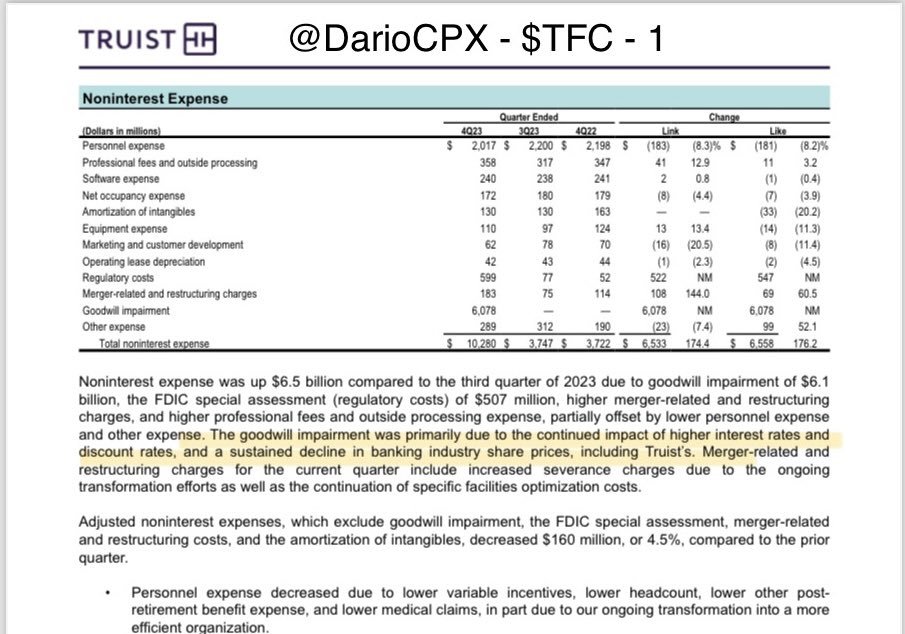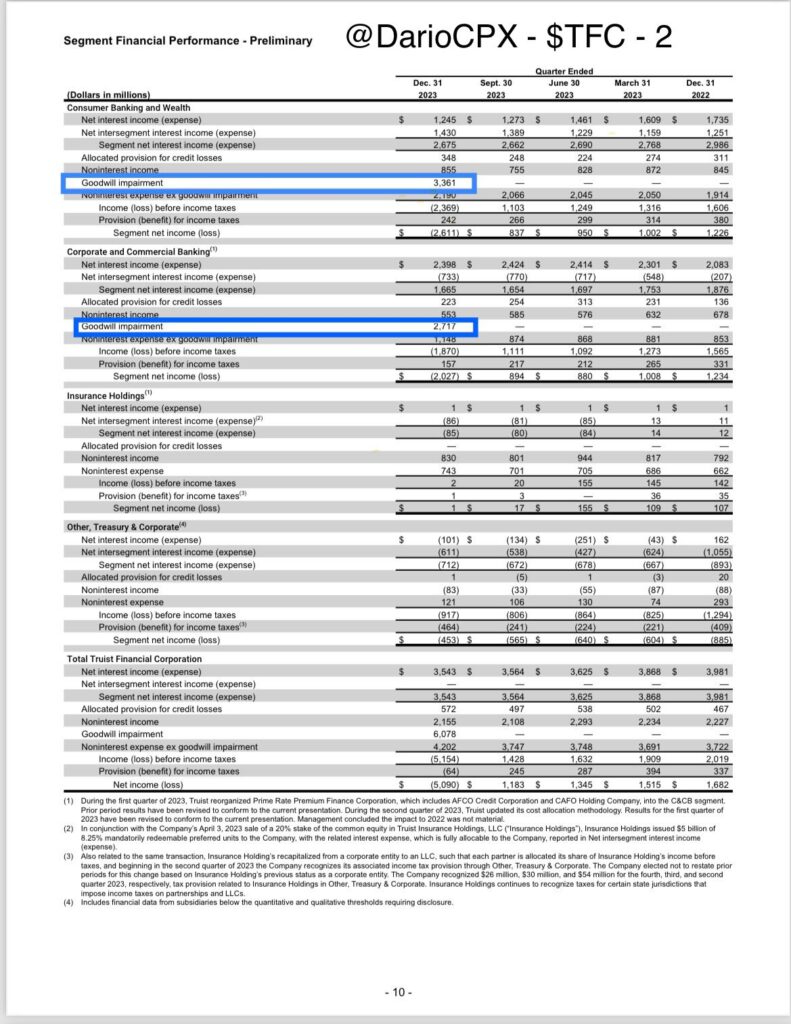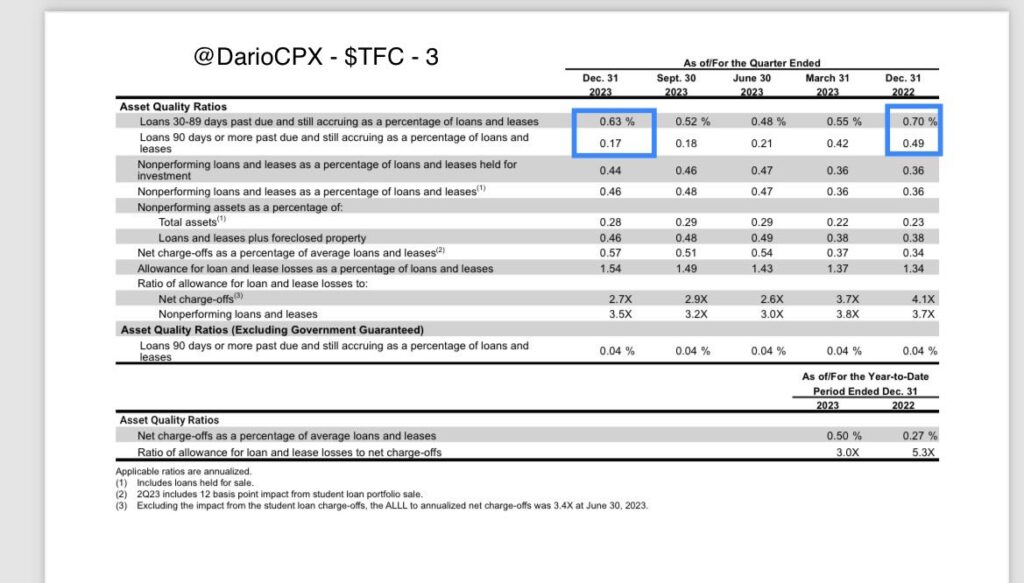Last week I wrote about the end of the “hide till maturity” trick (post in quote below) that helped banks hide their growing mountain of troubled assets. A few days later, the news reporting CalSTRS pension fund, the second largest in the US, is considering borrowing $30bn becomes public. The reason?
Avoid the forced selling of assets currently trading at distressed levels.
Bear in mind this sentence; you will hear it a lot in 2024..
About 12 months ago, US regional banks managed to stay afloat thanks to the #FED + #FDIC bailout. Unfortunately, the effect of this temporary patch to stop US Regional Banks from bleeding (to death) is about to be exhausted.
As you can see in Chart 1, the #BTFP triggered a jump in both US small and large commercial banks Cash Assets/Deposit ratio. However, while large banks caught the opportunity to start raising cash assets to improve their balance sheet liquidity since then, small banks’ balance sheet health immediately resumed deteriorating to the point it already lost more than 80% of the boost provided by the #BTFP “adrenaline shot” to their heart.

While the liquidity pressures are mounting again on US regional banks, this time they are matched by mounting pressures on their capital because of credit losses. As you can see in Chart 2, the #FED and #FDIC intervention had zero impact on the credit losses trend with allowances put aside by banks that kept steadily increasing. Even without considering the “paper losses” that currently should be in the region of ~$500bn for US Treasuries assets and ~$150bn for Commercial Real Estate loans, the current amount of allowances for credit losses disclosed by banks is already almost back as a whole to 2020 COVID peaks. In the case of US regional banks, this amount has already surpassed the COVID peak!

In Chart 3, we visualize both the liquidity and solvency trends of US Regional banks together. Doesn’t it make it pretty clear that we are not far from hearing a loud “crack” again like the one caused by the financial #earthquake that hit the system almost 12 months ago? This sound is going to mark the start of the 2024 “hunger games” where Regional Banks will be fighting for liquidity against each other, and one going under will mean more chances for the other to survive (perhaps thanks to a freshly orchestrated non-bailout 😉).

This time around, though, banks will be joined by pension funds. Why? for the exact same 2 reasons:
- they are running out of liquidity
- they invested in illiquid assets now worth much less than the purchase value paid
Pension fund AUMs already took a significant hit in the past couple of years mainly due to the impact of rates increases on their long duration bond holdings. Now they will start dealing with credit losses as well mainly due to the vast amount of Loans, “Private Credit,” and “Private Equity” assets they accumulated during ZIRP years in a desperate chase for yields to match the increase of their liabilities.
Let’s take the above-mentioned CalSTRS, for example. Of their ~$300bn of AUM, 48% of the assets held are totally illiquid and sensitive to a flare up in Credit losses while almost all of them are very sensitive to losing value in an increasing rates environment because of the long duration… in theory.
I said “in theory” because as of late, #FED rates hike cycle achieved nothing with regards to deflating equities valuations hence the (incredible) $124bn CalSTRS invested in equities didn’t suffer like the other assets they held.
CalSTRS isn’t an exception but a good example of the typical asset allocation of US pension funds nowadays. Beware, if we came to a point where pension funds are preparing to borrow liquidity in the market, it’s a clear sign that even here liquidity and credit losses issues are starting to bite significantly.
